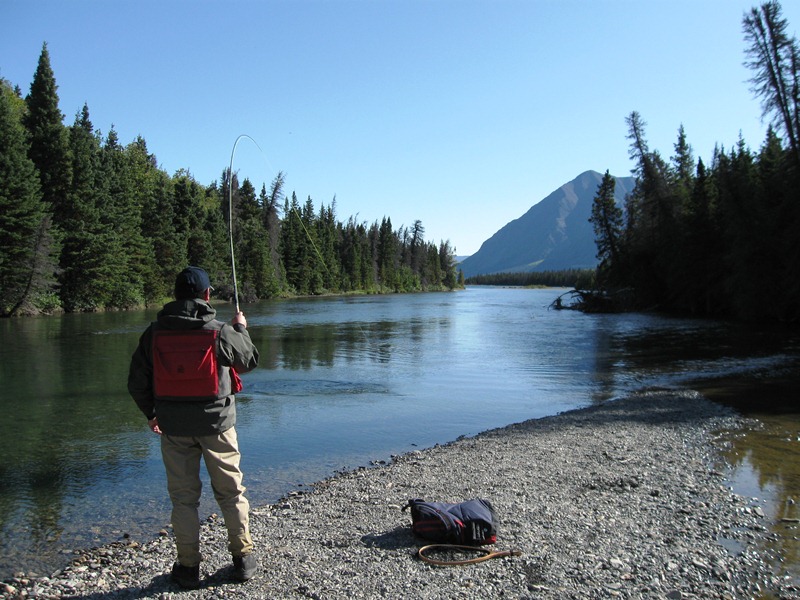
Normally I wouldn't do this...how many times have I asked guests to leave the room when I prepare this recipe? Well, here goes, step by step:
1) Try using fresh sockeye. It seems to withstand the tremendous cooking times needed for this recipe to work. My second choice is wild Atlantic salmon...not easy to come by. Other than that, small chinooks work well.
2) Whole fish work best. Remove the rib bones but leave the head and backbone intact.
3) For a 5 - 8 lb fish, mix about 2 tablespoons of brown miso paste with 1 cup real mayonnaise in a large bowl. Dice 2 good size portobello mushrooms and 1 medium red onion. Grate about 1 cup medium cheddar cheese and keep everything apart until the next step.
4) Preheat oven to 375. Prepare a large sheet of heavy aluminum foil on a large cookie tray and lay whole fish open, or "butterflied", on the tinfoil. Spread miso/mayonnaise sauce over the fish cavity. Add diced mushrooms and onion and finally grated cheese. Add liberal amounts of ground pepper but watch the salt (miso paste is already quite salty).
5) Tightly wrap the salmon in tinfoil (bringing up the sides to look like an obese, but viable fish). Cook for 1 hour and 20 minutes and open the tinfoil to check. The sauce should be bubbling and the cheese completely melted when its done.
6) Serve with roasted new potatoes in herbes provance and olive oil, a light salad, and liberal amounts of Pinot Grigio.







